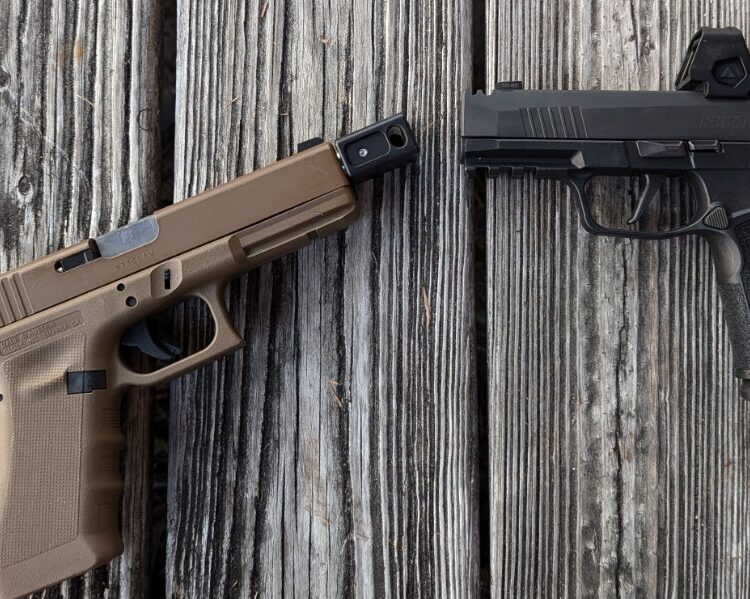You might have noticed an uptick in accessories for combat-driven handguns. It started with lights, and then magazine wells, and it led to red dots and now it seems to have settled on compensators. Of the varied accessories you could toss on a handgun, compensators tend to be one of the most controversial and misunderstood.
It’s worth noting that comps are nothing new. They’ve been in use for decades on various guns. One of the original, the Cutts Compensator, was tossed on rifles, shotguns, machine guns, and submachine guns.
Even on handguns, it’s nothing new. High-level competition shooters have been using comps on open-class guns for decades. What’s new is their addition to carry and duty guns.
What Is a Compensator?
A compensator, also called a comp, is a muzzle device designed to reduce muzzle rise. Whenever you fire your weapon, the gun recoils in two directions: rearward and upward at the muzzle. With a handgun, the rearward recoil isn’t all that bad, at least in standard fighting calibers. The upward muzzle rise has more of an effect on your shot-to-shot performance than the rearward force.
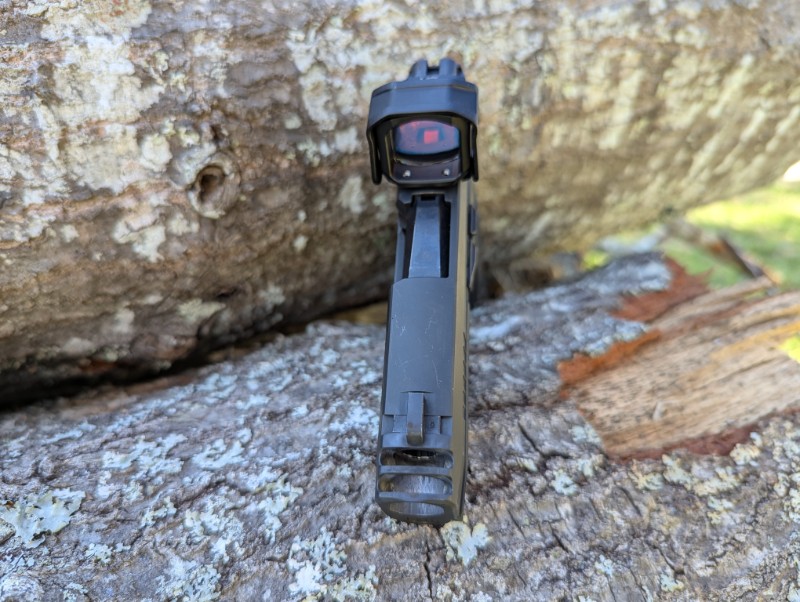
Here’s how it works
When gunpowder ignites, it turns into burning gas which propels the projectile down the barrel. As the projectile exits the barrel, the gas follows, producing the rearward and upward recoil. A compensator uses ports to redirect the gas upward, which pushes the gun downward. This reduces muzzle rise.

If you reduce muzzle rise you reduce the time it takes to get back on target and fire another shot. As shooters, especially those focused on defensive shooting, our goal is to shoot straight and shoot fast. Compensators aim to help us do that.
The Two Types Of Compensators
There are two types of comps: external and integrated. The old standard external models work as a muzzle device, requiring your gun to have a threaded barrel and to attach the compensator manually.
Integrated compensators are built into the design of the gun. This secondary type has become quite popular with SIG, S&W, FN, and others, and more firearms are being equipped with integrated comps.

The benefit of an external compensator is the ability to remove it. You might not always want or need its abilities. There are downsides to comps, so being able to remove them can be beneficial. You can also pick from a multitude of designs.
Typically, the more ports you have, the less muzzle rise you’ll experience. More ports equal greater overall length, but with an external comp, you can pick and choose how much length and muzzle rise you’re willing to deal with.
Integrated comps are simpler all around. You don’t have to deal with timing and perfectly orienting the device. You don’t need to purchase a threaded barrel or deal with slide and barrel length issues. Integrated designs tend to be more compact, as well, which helps with concealment.
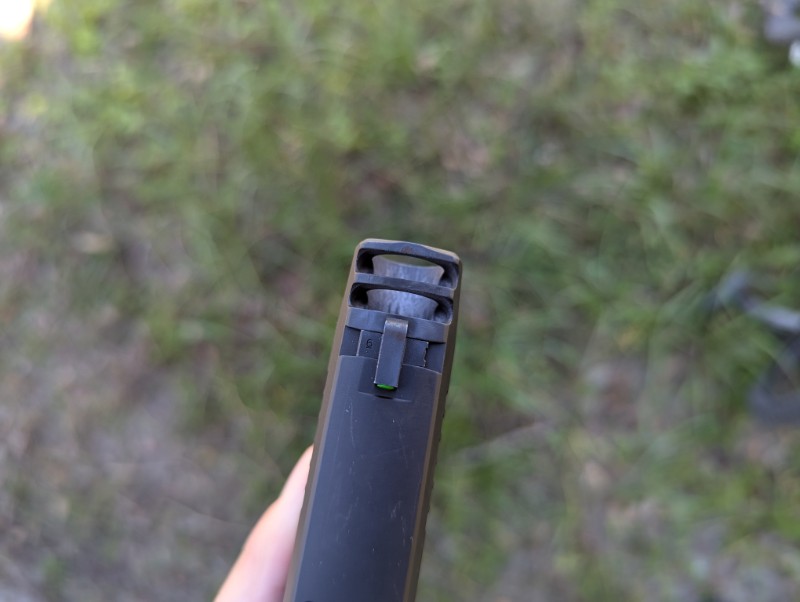
Benefits of Carry Comps
A compensator reduces upward muzzle rise, as we’ve already covered, but some designs may also integrate ports that act as brakes, which can reduce that rearward recoil as well.
That’s the easy answer, but in my experience, it doesn’t fully capture the benefits of compensators.
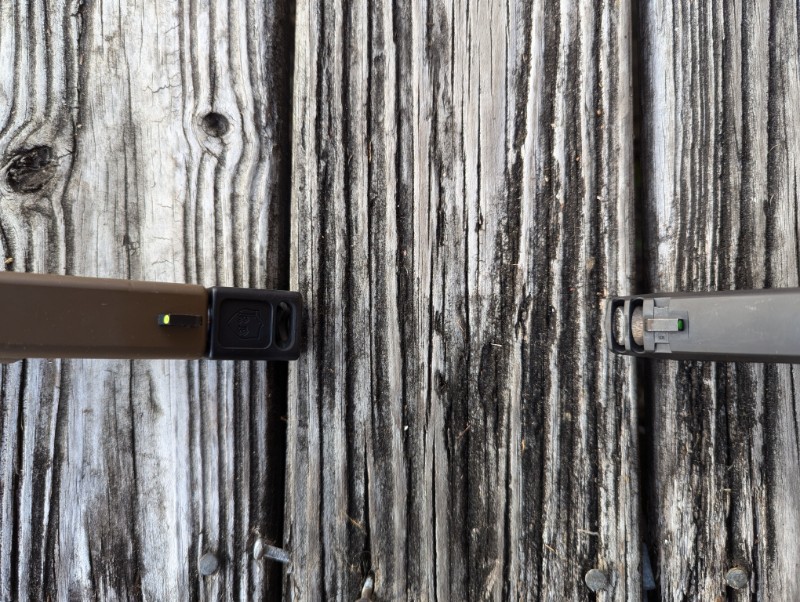
Comped vs. Non-Comped
When comparing a comped gun with a regular gun, you see an immediate difference. As an example, I’ll compare the SIG XMACRO and SIG P365XL. Both are equipped with optics.
When I press the trigger of the un-comped P365XL, it jumps and bucks and the dot comes off target. If I have my grip and form right, it should return to the target quickly and allow for the next shot.
When I fire the XMACRO, the dot moves, but seemingly only rearward. It barely comes off target, and is tame enough that, initially, my muscle memory was telling me to wait to fire when I didn’t need to wait.
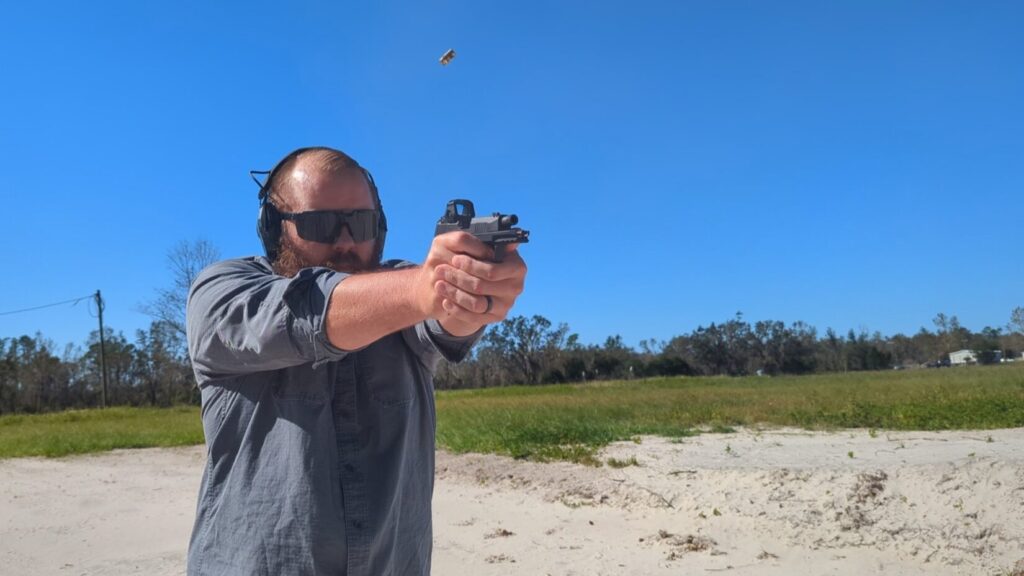
The difference is immense at times, and just saying it helps reduce muzzle rise doesn’t do it justice. After shooting a comped gun extensively, it’s tough to go back and relearn to shoot without a comp.
Carry comps, in particular, try to remain small and easy to conceal while offering you reduced recoil.
Downsides To Carry Comps
Comps do have their drawbacks. The gas being redirected upward can be a literal pain when shooting from close retention. It’s not going to send you to the hospital, but the hot gas can cause some discomfort when it contacts your body.
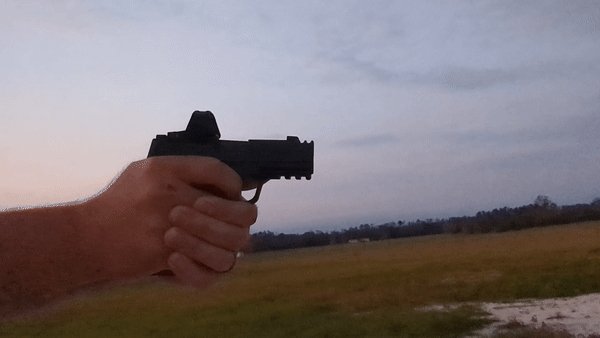
There can also be reliability concerns. Most integrated compensators don’t cause reliability issues, but added comps can cause problems with lighter-loaded ammunition. I’ve run into issues with 115-grain ammo in standard handguns. It can choke the gun unless you’ve utilized a different recoil spring.
Compensators can create additional muzzle flash at night or in low light. It’s not blinding, but it’s noticeable. Extra flash also combines with extra noise and concussion. It’s not a huge deal, but it’s one worth noting.
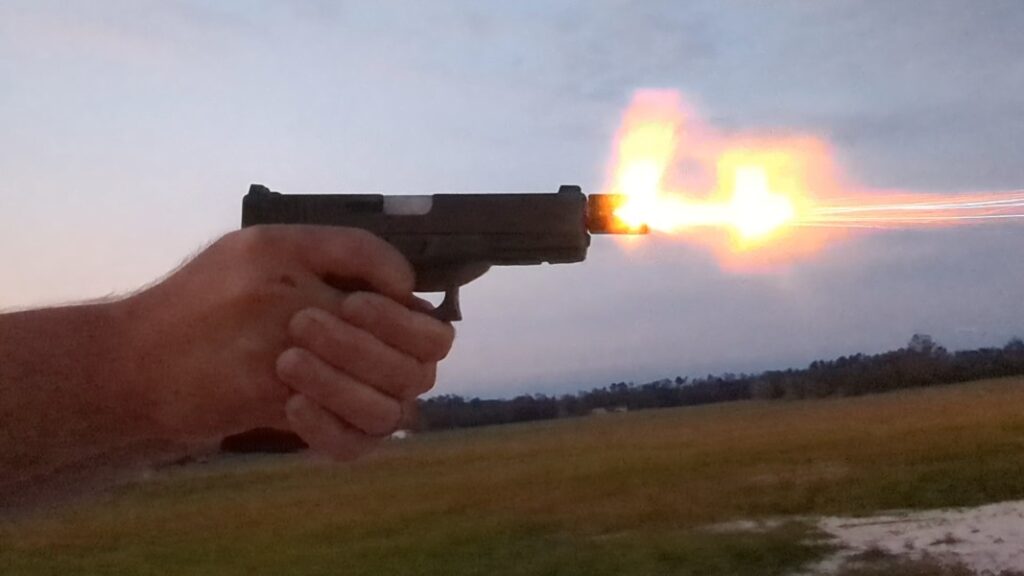
They can also demand more consideration when it’s time to find the right holster. You may need an open-bottom holster to accommodate the extra length.
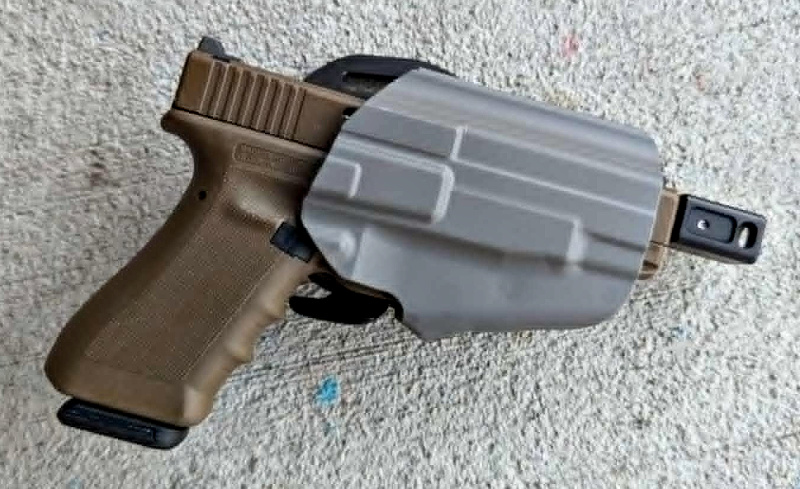
If you need a holster for your integrally compensated gun, be sure to check for a proper fit. For instance, a quick search on Holster Finder shows two holsters that will fit the integrally compensated Sig P365 XMacro: the Incog X and the Species.
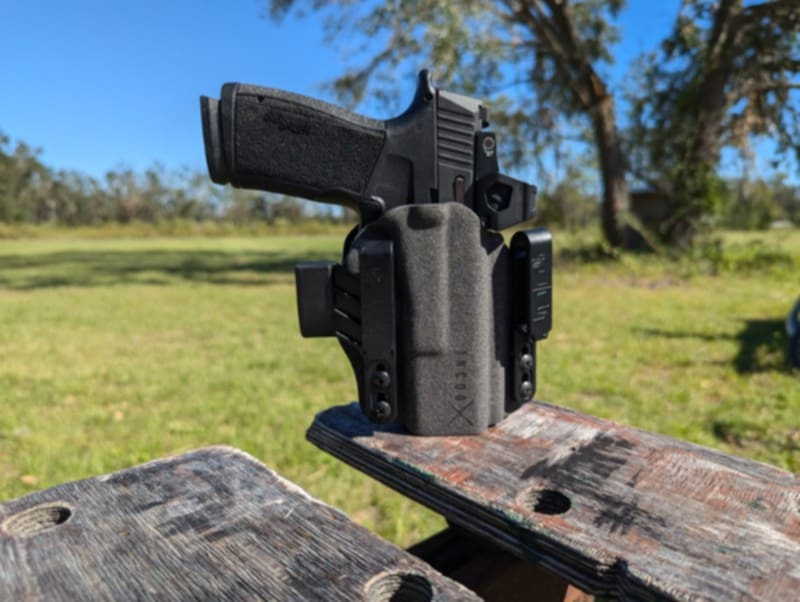
Compensators vs. Ported Barrels
Another method to reduce muzzle rise is porting the barrel and the slide. A ported barrel and slide means a series of holes are in the barrel and a slot in the slide to allow the gas to push upward. It works like a compensator but has no additional length.
Ported guns were more popular a few decades back, but these days, porting tends to be reserved for large-caliber revolvers.
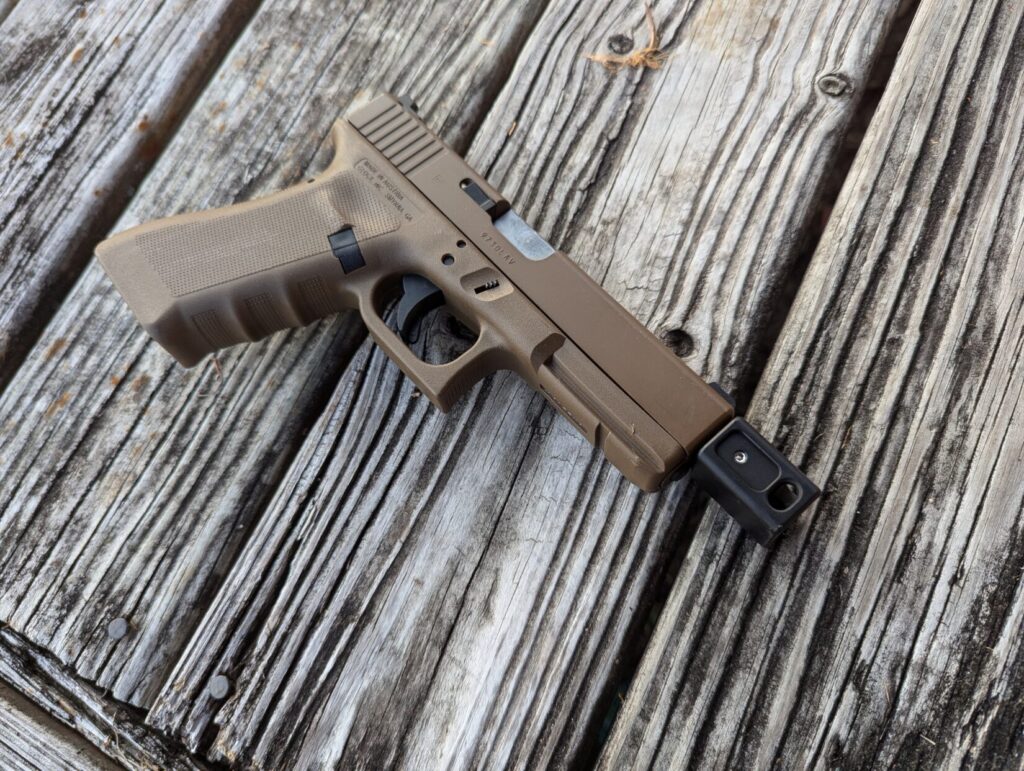
Porting has no reliability issues and offers a shorter overall gun. The downside tends to be degraded accuracy and reduced velocity. Compensators are longer and can potentially have reliability issues but don’t have accuracy or velocity problems.
Getting Comp’ed
Compensated guns and comps as a whole can be extremely handy devices to reduce muzzle rise and your par times. They are a performance-enhancing tool, but you’ll need to examine their weaknesses to make sure it’s right for you. Part of this examination involves lots and lots of shooting and testing to make sure your gun runs the way you need it to.
A lot of people are happy to throw a mag down range and call it good, but don’t be one of those people. Shoot it, shoot it a lot, and make sure it works for you. I don’t think comps are necessary, and they sit at the bottom of my list of gun upgrades behind red dots and lights, but they can still be a handy tool to have.





